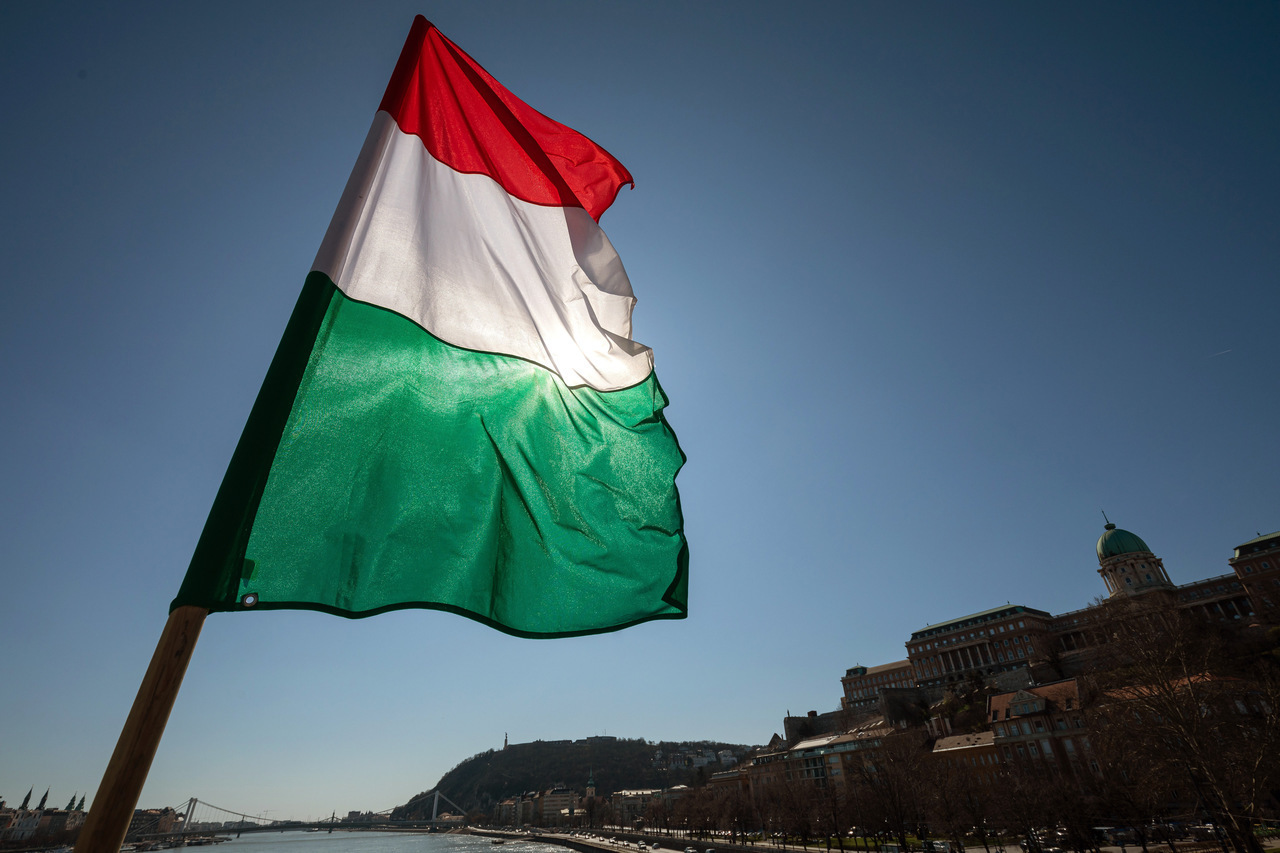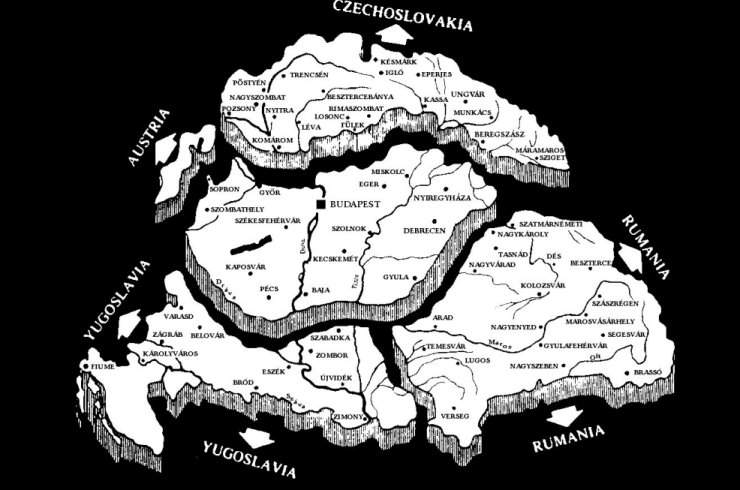3 significant events in Hungarian history connected to the 20th year of previous centuries

If we look through the major historical events of the country, we can observe that certain important dates tend to reoccur. The year 56 is connected to the siege of Nándorfehérvár (1456) and the Hungarian Revolution (1956), or the year 96 is associated with the Hungarian conquest of the Carpathian Basin (895−96) and also marks the opening year of the oldest line of the Budapest Metro (1896). Current events all over the world – and also in Hungary − are heavily dominated by the coronavirus pandemic, but what happened 100, 200, or 400 years ago in Hungary?
We have gathered three notable events from the last four centuries.
The election of Gábor Bethlen (1580–1629) as King of Hungary in 1620

With the Ottoman occupation in 1541, Hungary was partitioned into three territories: the Habsburg Royal Hungary, Ottoman Hungary, and the Principality of Transylvania. According to Cultura, Gábor Bethlen became the prince of Transylvania with Ottoman support, and he was one of the most significant personalities of 17th-century Hungary. His reign entered history as the golden age of Transylvania. Bethlen’s ultimate goal was the restoration of a united and independent Hungarian kingdom. In 1619, with the full support of the Hungarian nobility, he occupied Upper Hungary and Northern Transdanubia. At the beginning of 1620, he signed a truce with Ferdinand II, and he was elected to be king by the Parliament of Besztercebánya. In 1621, he made peace with the Habsburgs and had to renounce the crown.
Interesting fact: the 2,000 forint banknote features the portrait of Bethlen.

The publication of József Katona’s Bánk bán in 1820

József Katona’s five-act tragedy is dominated by the emotions of nationalism and betrayal. The play occupies a prominent place in Hungarian literature, reviving the rule of the Árpád dynasty in the 13th century. It was written for a tender by the literary journal Erdélyi Múzeum, and the final manuscript was printed in 1820, reports Arcanum. The main political conflict is between the oppressed Hungarians and the foreign queen, Gertrude. Katona’s aim was to express the Hungarian nation’s discontent with the rule of the Habsburg House in the context of 13th-century historical events. In 1861, Ferenc Erkel composed a three-act opera based on Katona’s work.
The Treaty of Trianon in 1920

The Treaty of Trianon is an inevitable part of Hungarian history. Between 1867 and 1918, Hungary was part of the Austro-Hungarian Monarchy, which was dissolved when the Central Powers lost the First World War. As Rubicon writes, the Treaty of Trianon was part of the Treaty of Versailles, and it can be considered one of the most tragic events in Hungarian history. The treaty was signed on June 4, 1920, at the Trianon Palace at Versailles, France. Consequently, Hungary lost two-thirds of its territory, and about 3.3 million Hungarians were torn from their homelands. Romania acquired Partium and Transylvania, Upper Hungary and sub-Carpathian Ruthenia were received by Czechoslovakia, the southern territories were attached to the State of Slovenes, Croats, and Serbs, and Austria acquired western Hungary (most of Burgenland). The numbers speak for themselves: Hungary’s former area of 320,000 square kilometres was reduced to 90,000 square kilometres, and the number of inhabitants changed from 20 million to 7 million.
Source: Daily News Hungary



